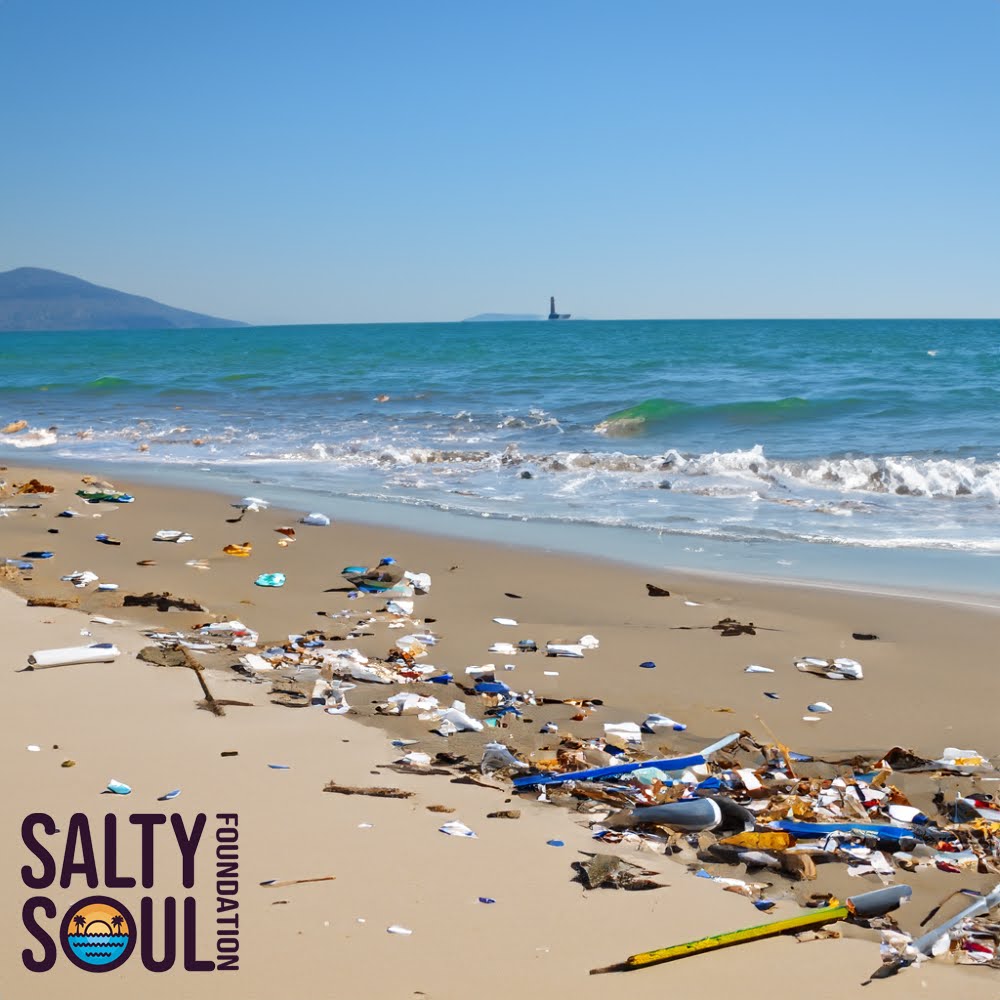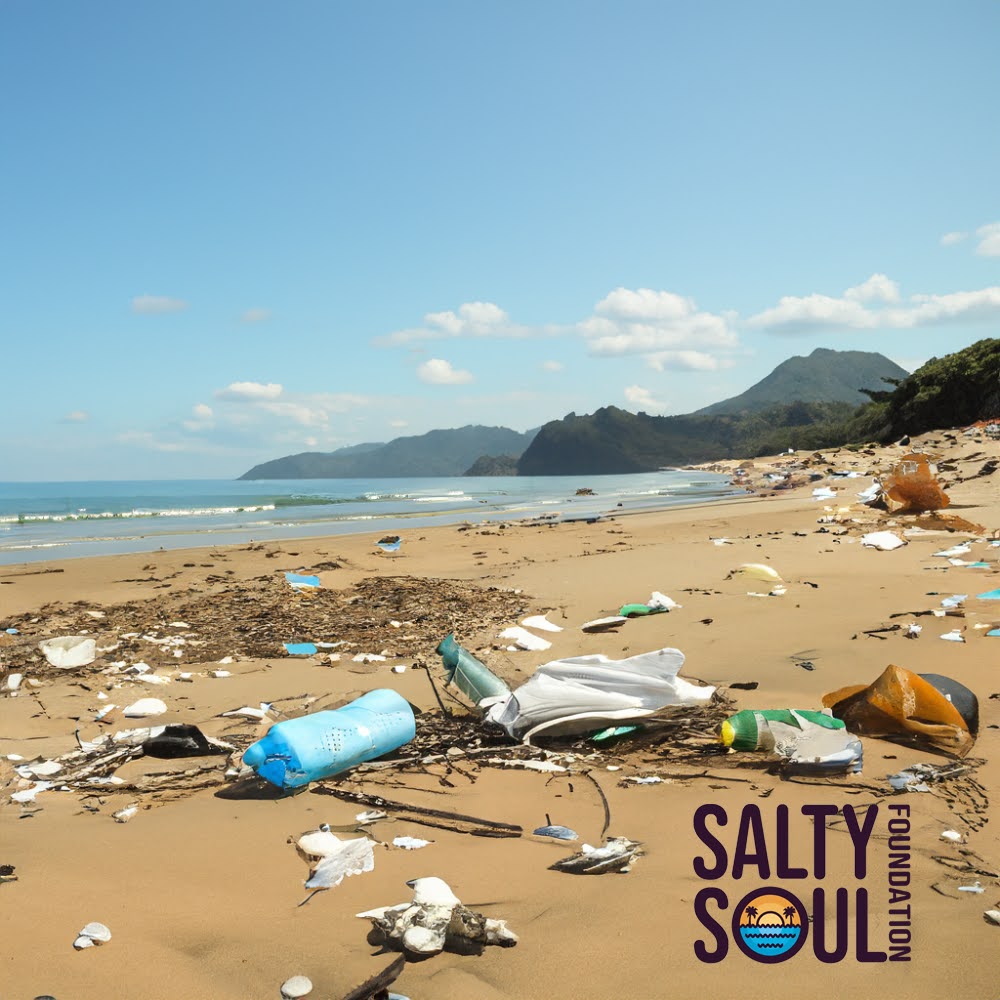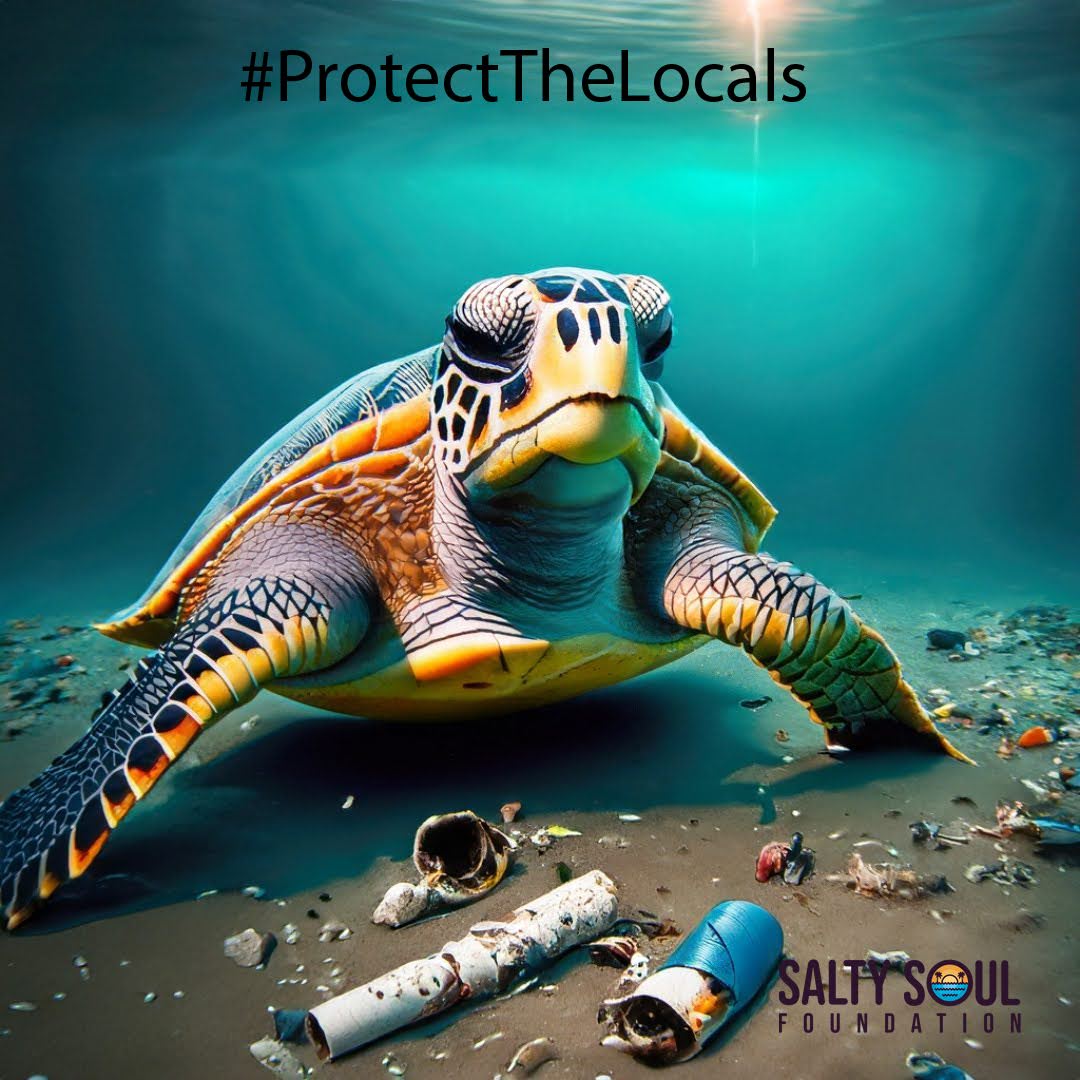
Our planet’s magnificent oceans, teeming with life and essential for our survival, are facing a critical threat: plastic pollution. From the familiar sight of trash on our beaches to the unseen depths, human-generated debris – overwhelmingly plastic – is accumulating at an alarming rate, creating a crisis for marine wildlife and the ecosystems they depend on.
But how bad is it, really? And what specific harm does this tide of trash cause? Let’s dive into the stark realities revealed by scientific research.
The Plastic Deluge: Scale and Sources
The numbers are staggering. Scientists estimate 75 to 199 million tonnes of plastic currently pollute our oceans. Worse still, another 19 to 23 million tonnes (think over a million garbage trucks’ worth!) flood into aquatic ecosystems every single year.
Where does it all come from?
- Land-Based Activities (Approx. 80%): The vast majority originates on land. Litter washed from streets via storm drains, waste carried by rivers from far inland, poorly managed landfills leaking plastics, and direct littering all contribute. Single-use items are major culprits – think food wrappers, plastic bottles and caps, cigarette butts (with plastic filters), plastic bags, and disposable cups and cutlery. Our convenience culture is directly feeding the ocean’s plastic problem.
- Ocean-Based Activities (Approx. 20%): Activities at sea also contribute. The most dangerous source here is Abandoned, Lost, or Discarded Fishing Gear (ALDFG), often called “ghost gear.” While representing fewer items overall, these nets, lines, and traps are designed to catch marine life and continue doing so long after being lost, making ghost gear the deadliest form of plastic debris for many animals.
Plastic’s persistence is key – it doesn’t truly disappear, instead breaking into smaller microplastics that infiltrate every corner of the marine environment for centuries.

Wildlife Under Attack: Entanglement and Ingestion
For marine animals, plastic debris is a physical minefield. Hundreds of species – including 86% of sea turtle species, up to 60% of seabird species, and up to 70% of marine mammal species – suffer direct harm:
- Entanglement: Animals get tangled in nets, lines, packing straps, and even plastic bag handles. Ghost fishing gear is particularly lethal. Entanglement leads to severe injuries, drowning (for air-breathers like turtles, whales, and dolphins), starvation (as animals can’t hunt), and increased vulnerability to predators or ship strikes. Hundreds of thousands, potentially over a million, marine animals die this way each year.
- Ingestion: Animals tragically mistake plastic for food. Sea turtles consume plastic bags thinking they are jellyfish; seabirds pick up small fragments resembling fish eggs, often feeding them to their chicks with fatal results. Ingested plastic causes internal injuries, gut blockages, malnutrition (from false fullness), and even buoyancy problems. Whales have been found stranded with stomachs full of plastic debris.

Beyond the Obvious: Hidden Harms to Plants and Habitats
The damage extends beyond direct harm to animals:
- Marine Plants Suffer Too: Vital primary producers like microscopic phytoplankton and habitat-forming seagrasses are harmed. Plastics can block sunlight, smother plants, and leach toxic chemicals, reducing photosynthesis and growth at the very base of the marine food web. Seagrass meadows, crucial nurseries and carbon sinks, ironically act as traps, concentrating microplastics.
- Habitat Degradation: Critical marine homes are physically damaged. Ghost nets and heavy debris smash fragile coral reefs, increasing disease susceptibility. Plastic trash smothers mangrove roots, vital for coastal protection. Accumulating debris blankets the seafloor, altering the environment for bottom-dwellers. These habitats, already stressed by climate change, are further degraded by plastic.
Ecosystem Alert: The Ripple Effect
Plastic pollution sends shockwaves through the entire marine ecosystem:
- Food Web Contamination: Microplastics consumed by small organisms can transfer up the food chain, potentially contaminating seafood. Associated chemicals (leached additives and adsorbed pollutants) can also accumulate in marine life.
- Ghost Fishing Impacts: Persistent ghost fishing depletes fish stocks, harms fisheries, and causes indiscriminate bycatch of vulnerable species.
- Biodiversity Loss: The cumulative stress from plastic pollution contributes to declining populations and overall loss of marine biodiversity.
- Invasive Species: Floating plastic acts as rafts, transporting potentially invasive species to new regions, further disrupting native ecosystems.
Turning the Tide Together: Hope and Action
The scale of the marine debris crisis is daunting, but inaction is not an option. Addressing this requires a global effort focused on:
- Reducing Plastic at the Source: Especially single-use items. Promoting reuse and better product design.
- Improving Waste Management: Investing in collection, preventing leakage, and boosting recycling worldwide.
- Tackling Ghost Gear: Implementing solutions to prevent loss and remove existing hazardous gear.
- Supporting Cleanup Efforts: Removing existing pollution from coasts and waters.
- Raising Awareness & Driving Change: Educating communities and advocating for effective policies.
What Can You Do?
This Earth Day (tomorrow, April 22nd!), and every day, we can all be part of the solution:
- Reduce your single-use plastic footprint: Choose reusables whenever possible.
- Dispose of waste responsibly: Ensure trash and recycling end up in the right place.
- Participate in local cleanups: Make a direct impact in your community.
- Support organizations like the Salty Soul Foundation working on the front lines of research, conservation, cleanup, and advocacy.
Protecting our oceans is protecting our planet’s life support system. Let’s work together to turn the tide on plastic pollution and ensure a healthier future for marine life and ourselves.


